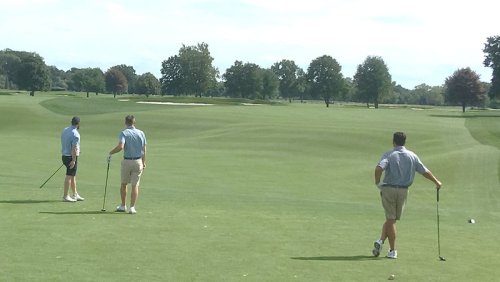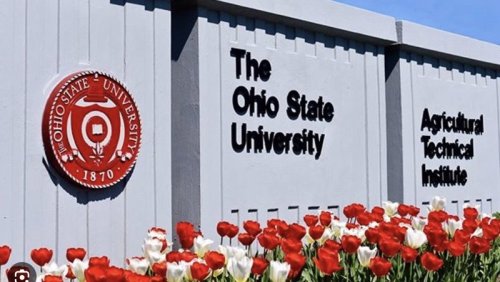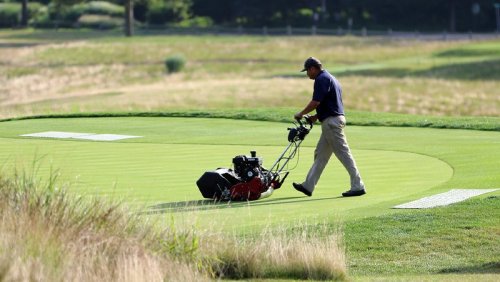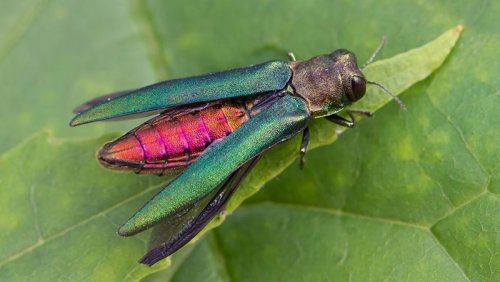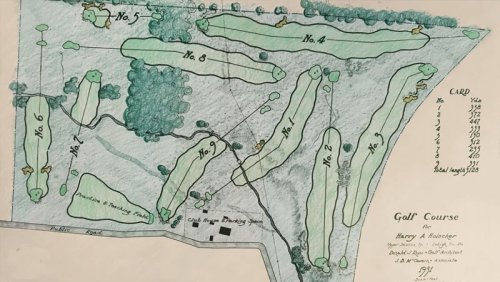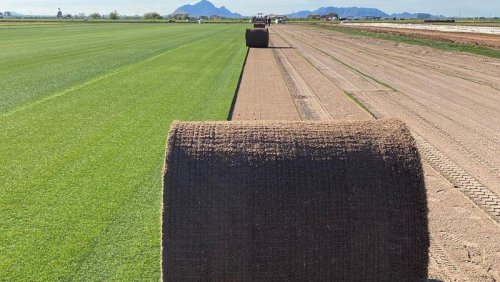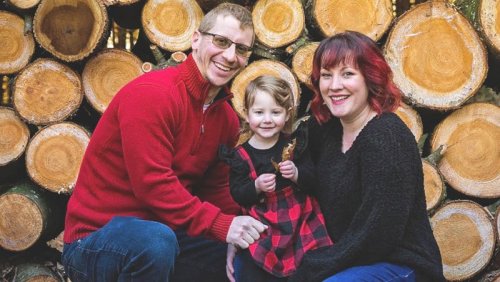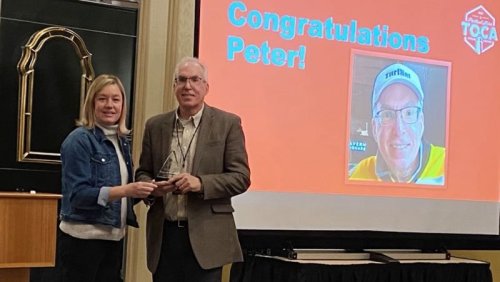
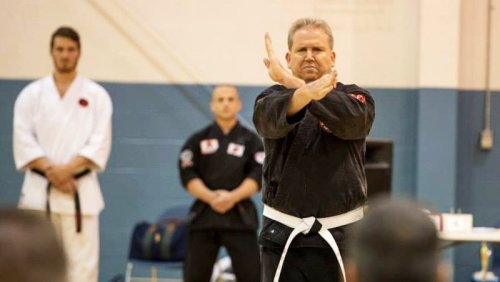
Williams, who has been a superintendent at golf courses in Texas and Georgia since 1986, recently was named senior agronomist for Invited Clubs, the company formerly known as Club Corp. Williams will oversee agronomics at several of Invited's premier properties. That list is still a work in progress, said Williams.
Williams, who will remain in the Dallas area, began his new position on May 30.
A graduate of the Abraham Baldwin Agricultural College in Tifton, Georgia, Williams spent the first 30 years of his career on Marriott Golf properties in Georgia and the past six at TPC Las Colinas in Irving, Texas.
"With my experience, they want me to connect GMs to the agronomy side to the golf professionals," Williams said.
Williams holds more certifications than a Wall Street trader. Certified as a superintendent, master greenkeeper and arborist, Williams also is a black belt in karate as well as a certified life coach, and he has dedicated much of his career to mentoring assistants, groundskeepers, colleagues and friends, and for several years has been presenting career- and life-development webinars on TurfNet.
In many of his presentations, Williams has urged others to think big and take a chance. When it came time to making a late life stage career change, he decided it was time to follow his own advice.
"To achieve the legacy I want to leave in this industry, this is the logical next step," Williams said. "I didn't think something like this was possible. All the years I spent mentoring others — I have to do it."
Williams' awards include the TurfNet Superintendent of the Year in 2009; Georgia GCSA Superintendent of the Year (2015); North Texas GCSA Superintendent of the Year (2021); a multiple-year winner of the Environmental Leaders in Golf Award; Professional Grounds Management Society Green Star Award; Turf and Ornamental Communicators Association Environmental Communicator of the Year (2011); J.W. Marriott Award of Excellence; and in 2018 was inducted into the Georgia GCSA Hall of Fame.
Despite those accolades, Williams said he was surprised when Invited Clubs came calling.
"I'm approaching 60, and we all know how different it gets for superintendents at 60," Williams said.
"You have to be prepared to make that next career change, and I've spent my whole career to get to this moment."
- Read more...
- 3,249 views

